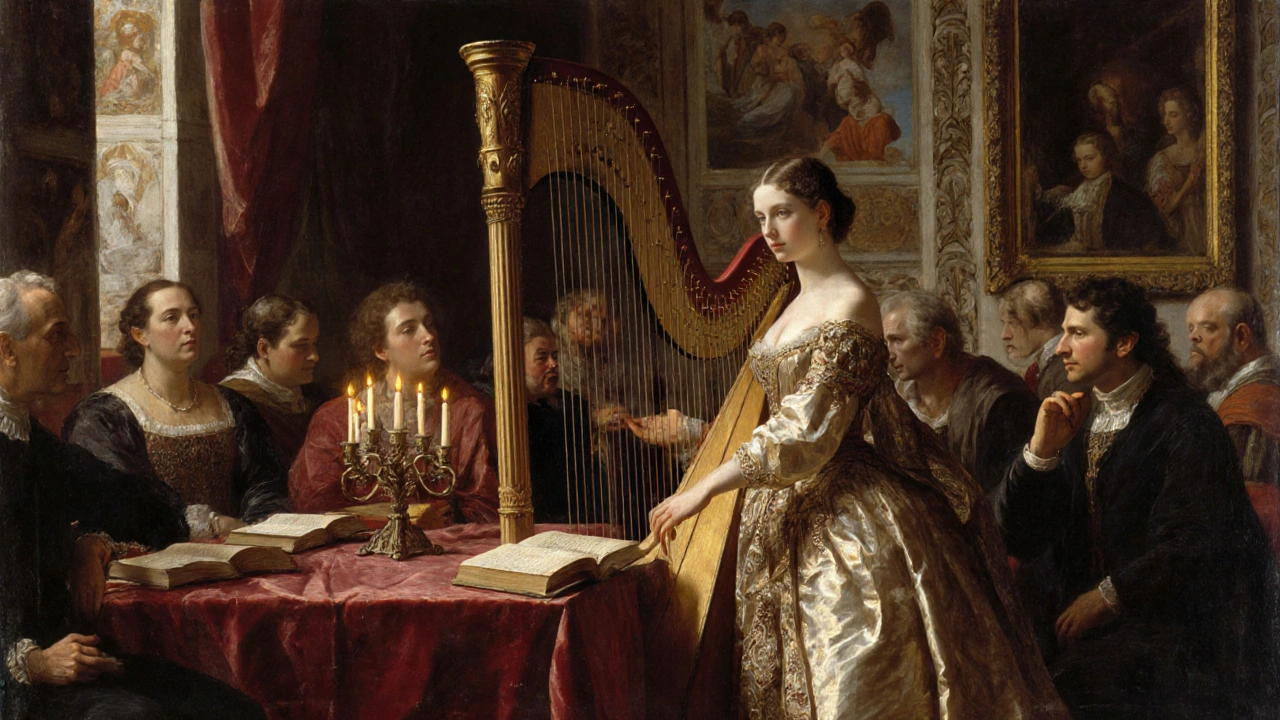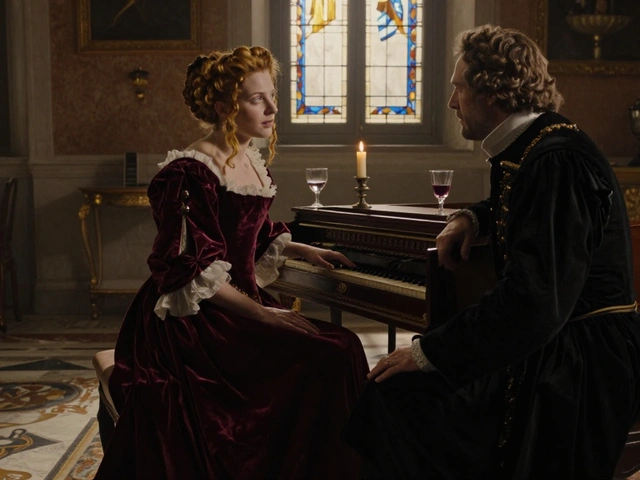Renaissance courtesans: The real history behind elite companionship
When you think of Renaissance courtesans, highly educated women who offered companionship, intellect, and intimacy to nobility in 15th- and 16th-century Europe. Also known as cortigiana onesta, they weren't just mistresses—they were cultural influencers who moved in the same circles as artists, poets, and rulers. Unlike common prostitutes, they were trained in music, literature, and conversation. Some, like Veronica Franco in Venice, published poetry and defended their status in public debates. Their power came not from beauty alone, but from their ability to navigate elite society on their own terms.
This isn’t just ancient history—it’s the root of what we now call premium companionship. The same qualities that made a courtesan valuable—discretion, emotional intelligence, and social finesse—are what modern high-class escorts offer today. The line between a courtesan and a luxury escort isn’t as wide as you might think. Both operate in spaces where money meets intimacy, and both rely on reputation, safety, and control over their own work. The risks were different then—no digital profiles, no legal protections—but the core dynamic remains: a transaction built on mutual benefit, not exploitation.
What’s fascinating is how society treated them. In Italy and France, courtesans could own property, hire servants, and even outlive their patrons. Some became patrons of the arts themselves. Their stories are buried in letters, paintings, and court records—not in moral panic. Today, we’re starting to see similar shifts: sex work is being redefined as labor, not sin. The same debates about autonomy, safety, and stigma that surrounded courtesans are now happening around London escorts, BBW companions, and discreet service providers. The names change, but the struggle for dignity doesn’t.
What you’ll find below isn’t a history lesson—it’s a mirror. The posts here don’t just talk about modern escort services. They show how the same needs, fears, and strategies from centuries ago still shape how people find, hire, and interact with companions today. Whether it’s learning how to book safely, understanding legal gray zones, or recognizing real value in emotional connection, the lessons from Renaissance courtesans are still alive—in East London, North London, and everywhere else people seek connection beyond the ordinary.
Courtesans trained in language, music, politics, and etiquette to gain influence in a world that offered women few options. Their success came from intellect, not just charm.



